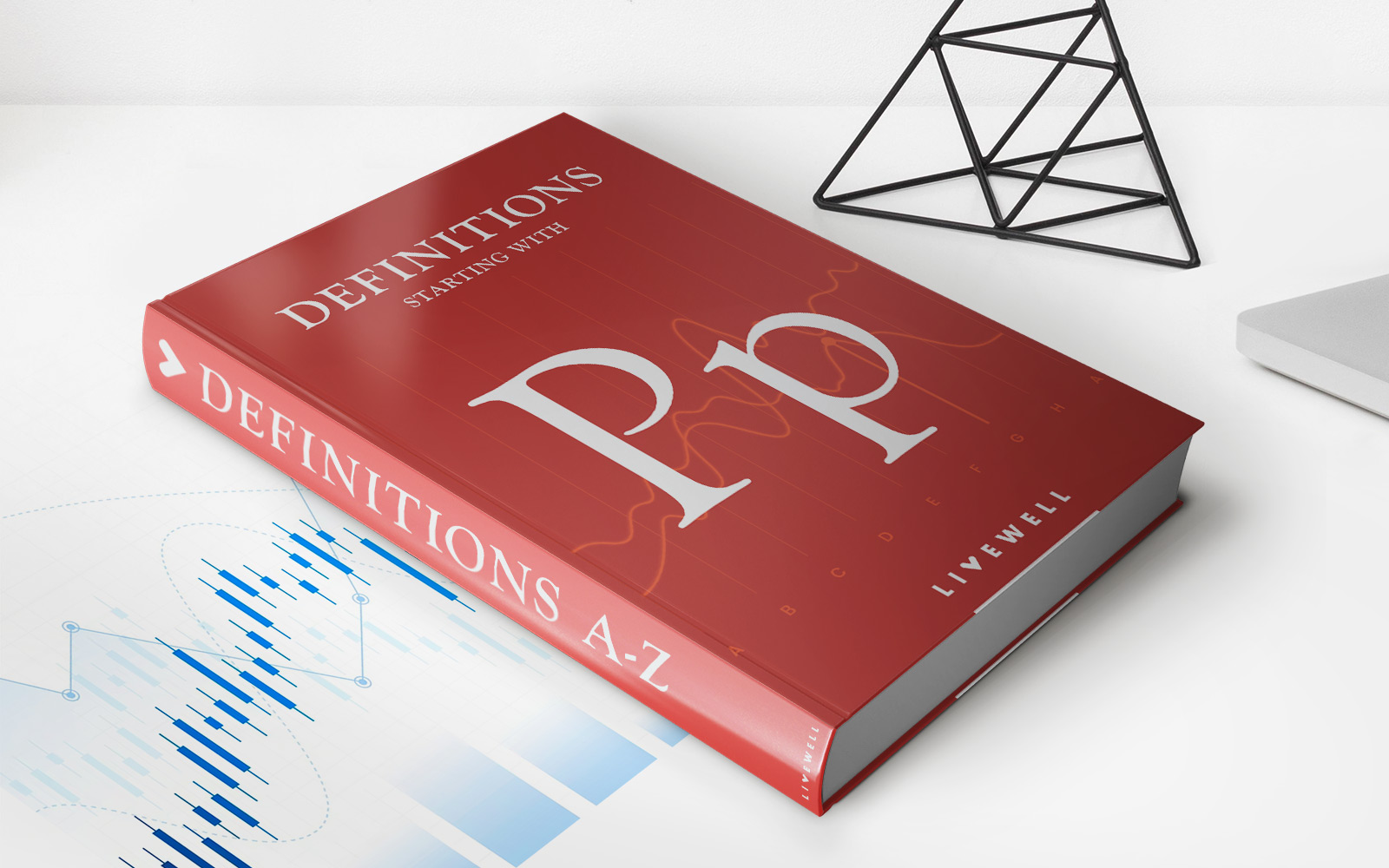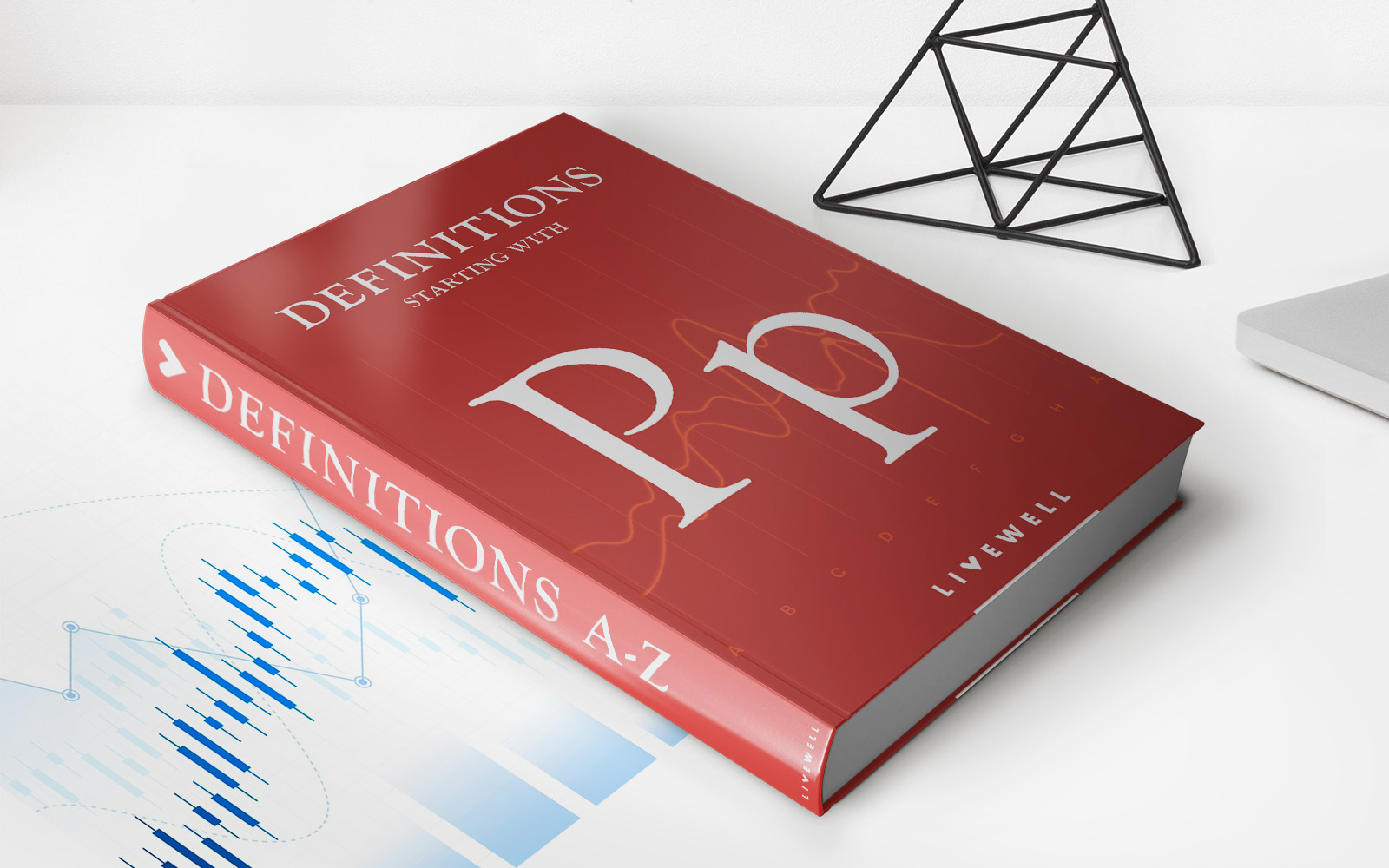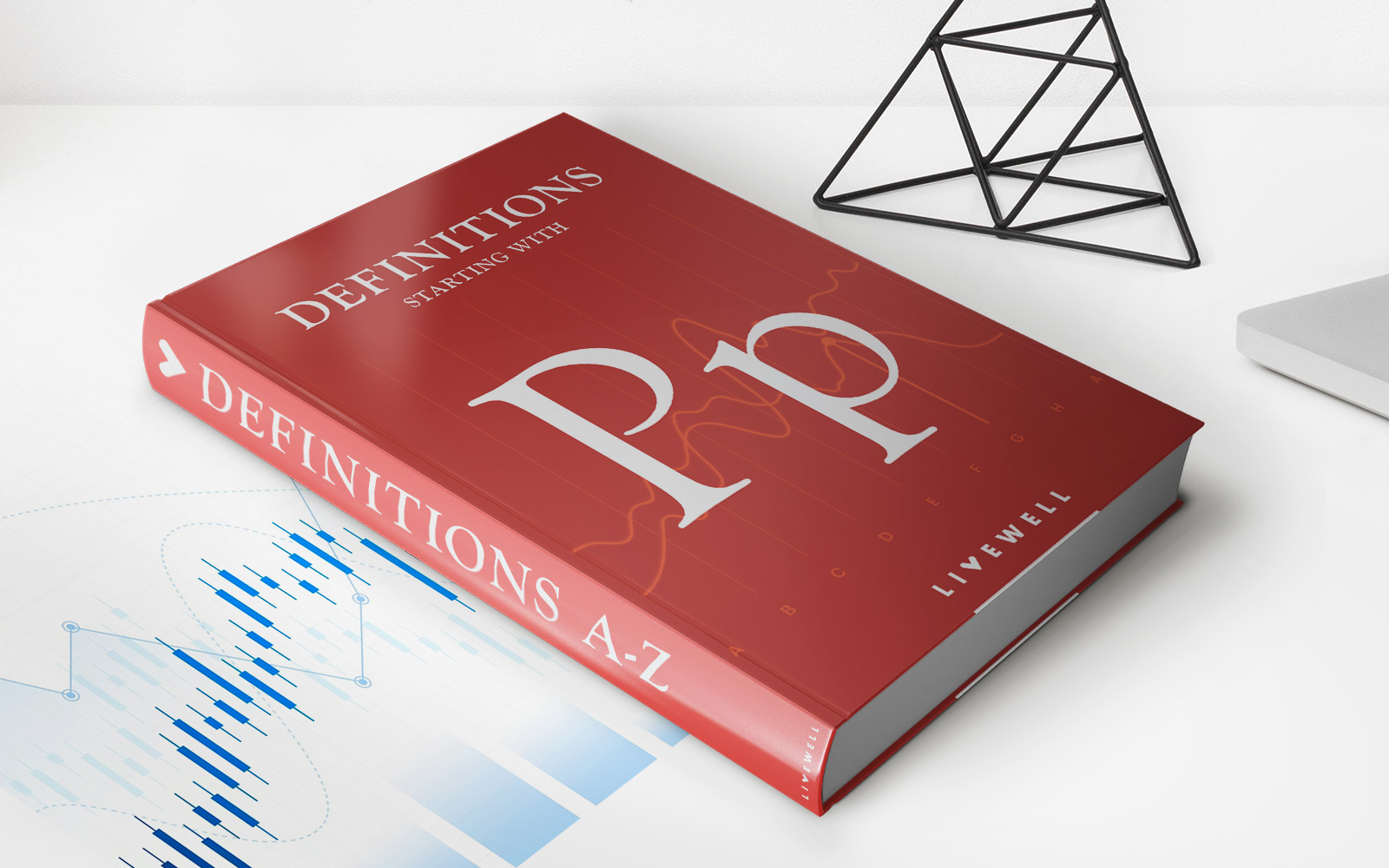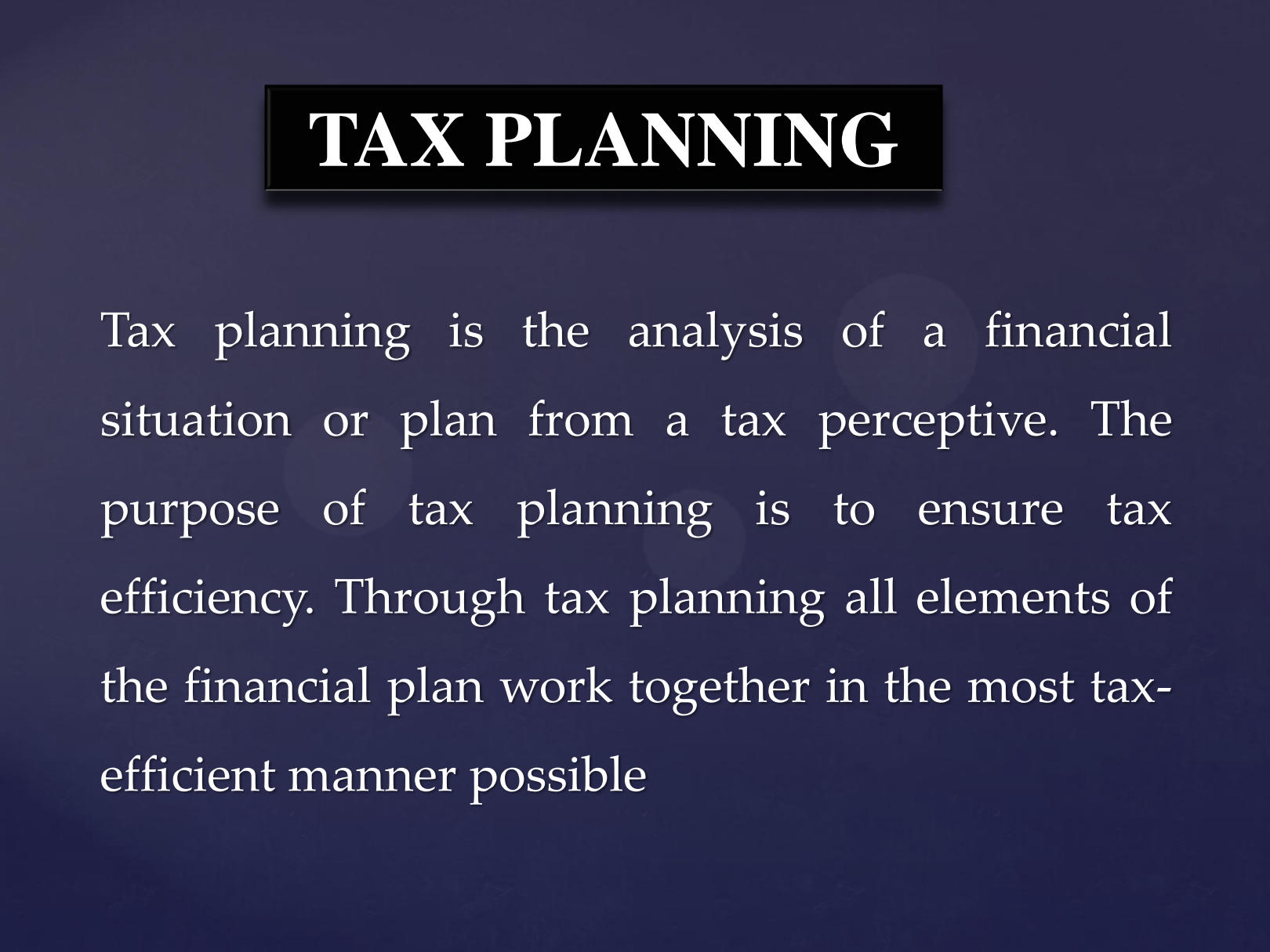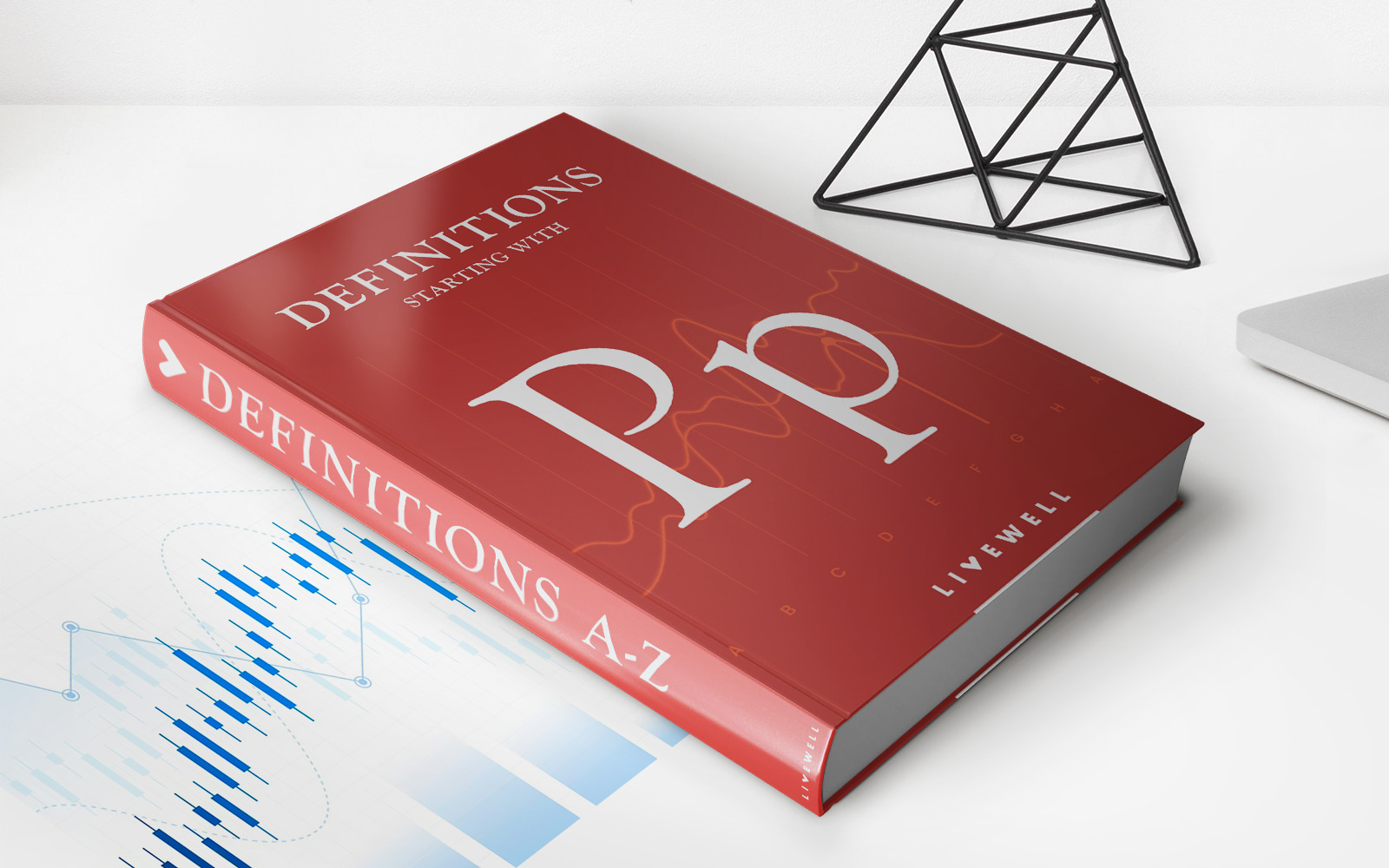

Finance
Penalty Repricing Definition
Published: January 7, 2024
Learn the meaning of penalty repricing in finance and how it affects loans and interest rates. Understand the significance of penalty repricing in the financial industry.
(Many of the links in this article redirect to a specific reviewed product. Your purchase of these products through affiliate links helps to generate commission for LiveWell, at no extra cost. Learn more)
Understanding Penalty Repricing: A Guide to Safeguard Your Finances
When it comes to managing our personal finances, we often hear terms like savings, investments, and budgeting. But have you ever come across the term “penalty repricing”? If you’re not familiar with it, don’t worry, you’re not alone. In this blog post, we will explore the concept of penalty repricing and why it is crucial to understand it to safeguard your financial future.
Key Takeaways:
- Penalty repricing refers to the increase in interest rates or fees imposed on a borrower due to late payments or other violations of contractual agreements.
- Understanding penalty repricing can help borrowers avoid unnecessary financial burdens and make informed decisions when taking on debt.
What is Penalty Repricing?
Penalty repricing, also known as penalty rate pricing, is a term commonly used in the financial industry to describe the practice of modifying the terms of a loan or credit agreement in response to borrower behavior. In simpler terms, it refers to the increase in interest rates or fees imposed on a borrower due to late payments or other violations of contractual agreements. These penalties are often designed to discourage borrowers from defaulting on their obligations and to compensate lenders for the increased risk they face.
In some cases, penalty repricing can result in substantial increases in interest rates or additional fees, making it more challenging for borrowers to repay their loans. Borrowers who fail to meet their repayment obligations may find themselves facing higher monthly payments, longer loan terms, or even unfavorable credit ratings.
How Does Penalty Repricing Work?
Penalty repricing can occur in various financial scenarios, including mortgages, credit cards, personal loans, and auto loans. Here’s how it typically works:
- Violation of Agreement: When a borrower fails to comply with the terms and conditions of their loan or credit agreement, such as making late payments or exceeding credit limits, lenders have the right to initiate penalty repricing.
- Notification: Once a violation occurs, the lender will typically notify the borrower about the penalty repricing. These notifications often come in the form of written communication or electronic statements.
- Rate Increase or Additional Fees: The penalty repricing may involve an increase in the interest rate charged on the loan or the imposition of additional fees. This can significantly impact the borrower’s ability to repay their debt and can result in a substantial increase in the overall cost of borrowing.
It is essential to carefully review the terms and conditions of any loan or credit agreement to understand the potential consequences of penalty repricing. By staying aware of the rules and requirements, borrowers can take steps to avoid penalties and protect their financial well-being.
Protecting Yourself from Penalty Repricing
To protect yourself from the potential impact of penalty repricing, here are a few steps you can take:
- Read and Understand Contracts: Thoroughly read and understand all loan or credit agreements before signing. Pay close attention to the terms and conditions related to penalty repricing, late payments, and default.
- Set Up Automated Payments: Set up automated payments for loans or credit cards to ensure timely payments and avoid late fees or penalties.
- Create a Budget: Establish a budget to ensure you can meet your financial obligations and avoid defaulting on loans.
- Communicate with Lenders: In case you encounter financial difficulties, it is essential to communicate with your lenders and seek solutions, such as renegotiating the terms or requesting temporary payment arrangements.
By being proactive and staying informed, you can minimize the chances of penalty repricing and mitigate its potential impact on your financial well-being.
Conclusion
Penalty repricing can significantly affect your financial stability if you’re not careful. By understanding this concept and taking proactive steps to avoid penalties, you can safeguard your finances and make informed decisions when managing your debts. Remember to read and understand loan agreements, set up automated payments, and maintain open lines of communication with your lenders. By doing so, you’ll be better equipped to navigate the complexities of penalty repricing and protect your financial future.




